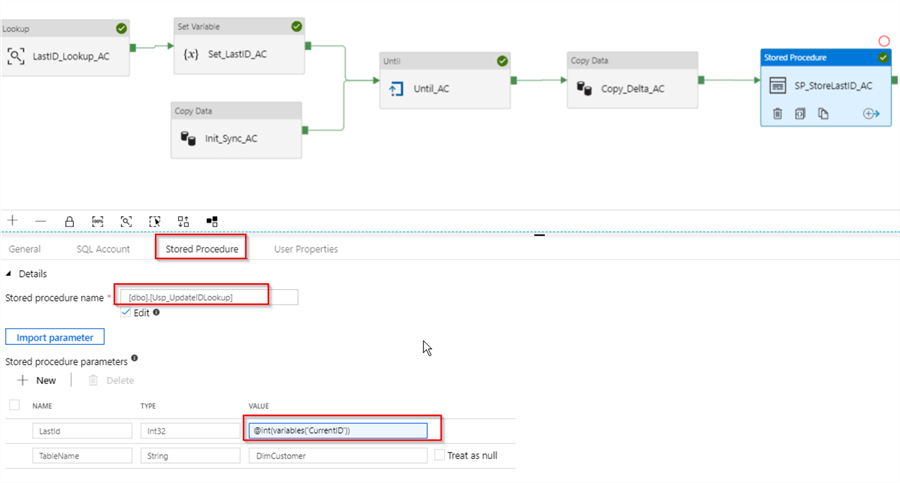

It’s not clear what steps a customer took to run into the issueĭue to these challenges, fixing a production issue can feel a little like this:.Logs may not contain enough details of the issue.Issues may not repro locally (due to intricacies in production data, scale, or config).There’s several challenges that can make diagnosing the root cause of production issues costly: Quickly diagnosing and fixing production issues is one of the hardest tasks you may face while developing cloud scale apps.
#Azure data studio debug software#
Note: the Snapshot Debugger is currently preview software – please use it in a testing or staging deployment of your app. The Snapshot Debugger is currently in preview for ASP.NET apps running on Azure App Services – try it out. We previously released functionality to automatically capture snapshots when your app runs into problems, now you have more fine-grained control to debug your production app with two new features in Visual Studio: Snappoints and Logpoints. You can also use the Visual Studio debugging tools (watch, variables, etc.) to troubleshoot the problem.At Build, we introduced the Snapshot Debugger: a new tool that enables you to debug production environments in Azure with minimal impact. The Snapshot Debugger enables you to get to the root cause of the “but it worked locally!” production issues with ease. The final output path is like \fd91dd21-776e-4729-a78b-81ad85a4fba6\loiu0t1y.mfo\FailedVertexDebug\FailedVertexDebugHost\bin\Debug\.Īfter these settings, start debugging with F5 and breakpoints.
#Azure data studio debug code#
Right-Click the added assembly source code project > Properties, select the Build tab at left, and paste the copied path ending with \bin\debug as Output > Output path. Get the project folder path for FailedVertexDebugHost project. to find the assembly source code and add the project to the debugging solution. Right-click Solution 'VertexDebug' > Add > Existing Project. In this case, you need extra steps to add your source code: If the user code is not included in code-behind file, or you did not register the assembly with debug info, then the source code is not included automatically in the debugging solution. Source code is not included in debugging solution Open the source code file and set breakpoints, then press F5 to debug the code step by step.

The code runs until it is stopped by an exception. If the source code is imported to the solution, you can use the Visual Studio debugging tools (watch, variables, etc.) to troubleshoot the problem: The user code is defined in C# class library project for U-SQL application, and registered as assembly with debug info. The user code is defined in code-behind file (typically named in a U-SQL project). There are two cases that the C# source code is captured: Source code is included in debugging solution I cannot find my source code in the solution I can find my source code in the solution In the new launched Visual Studio instance, you may or may not find the user-defined C# source code: Before debugging, be sure to check Common Language Runtime Exceptions in the Exception Settings window ( Ctrl + Alt + E).


 0 kommentar(er)
0 kommentar(er)
